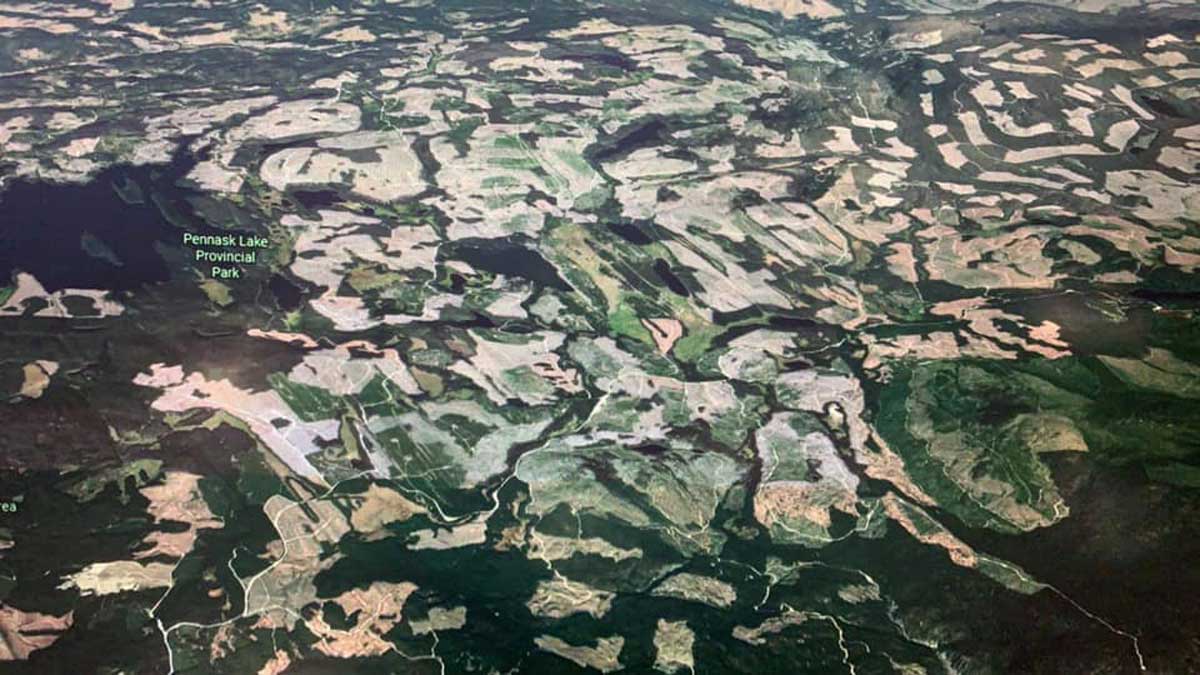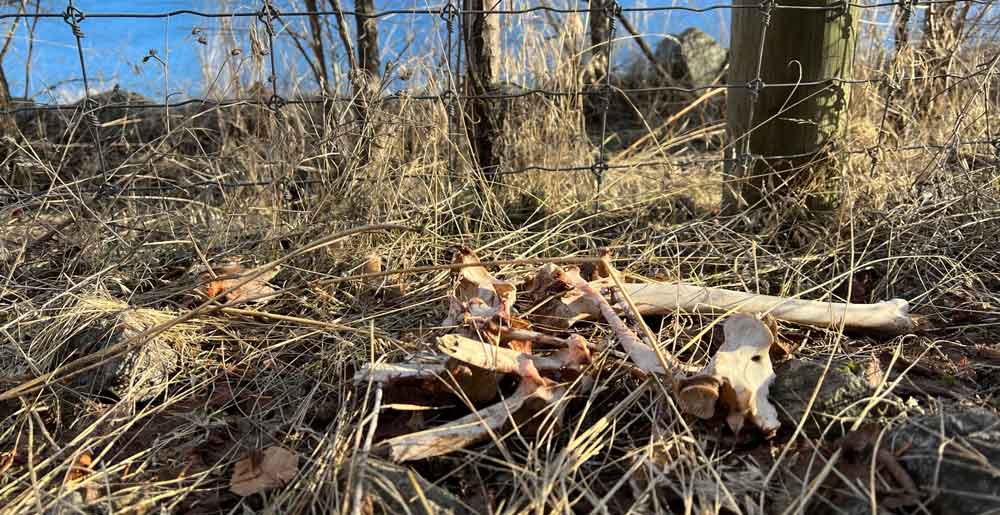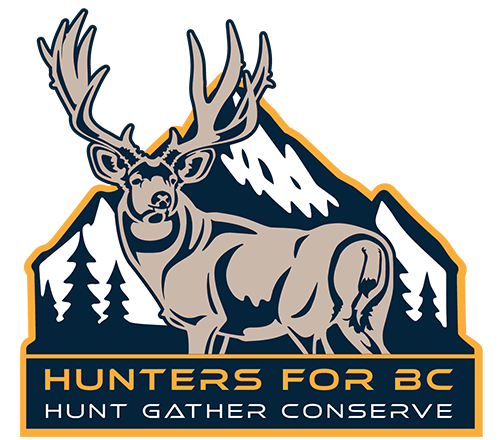Conservation
Access Management
Resource roads, linear corridors, highways
The impacts on wildlife are real, and very often negative.
One of the primary focus areas for Hunter for BC is access management. Access management is a broad term and can include any interaction between wildlife and transportation features or corridors.
British Columbia has a huge amount of resource roads as well as public transportation features that have fragmented wildlife habitat and are having a serious negative impact on wildlife populations and biodiversity in general. Hunter for BC is bringing awareness to the problems created and finding solutions to mitigate the impacts.
 Pennask
Pennask
One project which Hunters for BC has been engaged in for the last two and-a-half years is the Pennask Access Management project. This project covers a study area of 114,000 hectares to the west of the Okanagan valley, in the vicinity of Pennask Lake. This area has been very heavily logged and most of the mature and available timber has now been harvested and much of the road network in the area is no longer required for industrial use. We have engaged with the Okanagan Nation Alliance, forest tenure holders, the Ministry of Forests, wildlife biologists and other stakeholders to review the road network and initiate deactivation works to reduce the road network for the benefit of wildlife, fisheries values and water quality. This is a large, multi-faceted project that will take years to complete. Field work and planning has started with an objective of starting operational road deactivation works in 2023/2024.
Hwy 97 Mt. Eneas Mule Deer Mortality Monitoring
 A second project that Hunter for BC has become involved in is the Highway 97 Mule Deer/High-Fence Mortality project. This is being done in conjunction with the Okanagan Nation Alliance with the goal of surveying mule deer mortality that is occurring along the Highway 97 in the key deer winter range that occurs on the west side of Okanagan Lake. This fencing was established many years ago with the intent of reducing wildlife-vehicle collisions. The fencing has been successful in reducing vehicle-wildlife collisions but has had the unintended effect of leading to high (likely) predation mortality. The goal of the initial portion of the project is to assess the levels or mortality by field survey as well as to monitor the situation by placement of trail cameras. This project will determine the levels of mortality being experience in the area with the goal of creating mitigation planning for the future.
A second project that Hunter for BC has become involved in is the Highway 97 Mule Deer/High-Fence Mortality project. This is being done in conjunction with the Okanagan Nation Alliance with the goal of surveying mule deer mortality that is occurring along the Highway 97 in the key deer winter range that occurs on the west side of Okanagan Lake. This fencing was established many years ago with the intent of reducing wildlife-vehicle collisions. The fencing has been successful in reducing vehicle-wildlife collisions but has had the unintended effect of leading to high (likely) predation mortality. The goal of the initial portion of the project is to assess the levels or mortality by field survey as well as to monitor the situation by placement of trail cameras. This project will determine the levels of mortality being experience in the area with the goal of creating mitigation planning for the future.
There are many opportunities to expand the Access Management initiative and Hunter for BC are looking for help from the membership to pursue projects in other areas of the Province. Some examples where we may become involved are as follows:
- Radium bighorn sheep highway 93/95 mortality. A spike in highway-caused mortality in Radium, BC has led to concern for the population and solutions need to be found to reduce the mortality. It has been reported that historically there are about 10 highway-induced mortalities per year, but in 2022 there were about 15.
- Alaska Highway salt placement project to reduce highway mortality. An initiative has been started to place salt away from the Alaska Highway to the west of Fort Nelson with the intent of keeping wildlife away from the highway. Opportunity exists to expand this project.
- Fencing standards to allow wildlife passage. The standards for fencing projects on Crown land throughout BC follow rigid guidelines established by various governing bodies (MoF, MoTI). These fence standards are very high and well serve the intent on keeping livestock off roads or from leaving certain grazing tenures but they also have the unintended consequence of restricting passage for wildlife, especially young animals. This is impacting the travel movement of wildlife and may lead to mortality. A valuable initiative would be to interact with governing bodies to develop guidelines that allow for the safe passage of wildlife while still serving to contain livestock.
Many other ideas can be thought of, but we need assistance from our members to expand our footprint.


